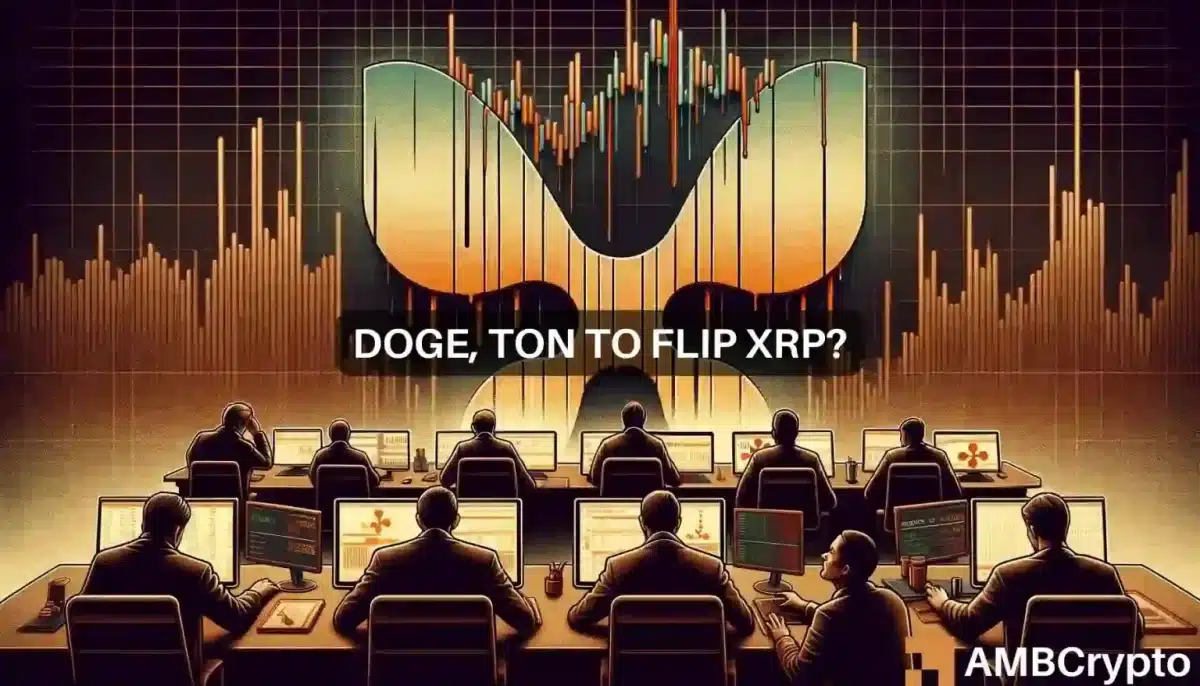With Bitcoin embarking on a new upward trajectory, the competition among existing crypto lenders is set to intensify. This dynamic is expected to drive increased innovation in lending products and offerings, as both newcomers from traditional finance and existing players in the crypto space seek to capitalize on the high-demand industry and its associated risks. It’s worth noting that much of the market instability in the last bear market was attributed to bankruptcies and business failures of overextended or dubious crypto lenders.
However, the resurgence of the crypto lending market will present enticing opportunities for end-users and investors, catalyzing ongoing transformations in the existing digital lending ecosystem. Here are my seven crucial factors to ponder for the upcoming year:
Caution Against the Emergence of Lenders Operating Overnight
As the user base expands, both established and new companies will seek to fill the void left by now-defunct crypto lenders such as Genesis, Voyager, BlockFi, and Celsius. They will attempt to entice customers with promises of high returns, reminiscent of past failed lenders, lacking transparency and effective risk management. The market is likely to attract opportunistic ventures looking to capitalize on the booming sector.Amidst rising prices, it’s crucial to pose the right questions. Has the lender navigated through 2022 without issues? Are they relatively new to the space? Investors should diligently comprehend how yield is generated, demand evidence of proper client asset accounting, and scrutinize risk management policies and track records. If clear disclosures or answers are lacking, exercise caution.
Trading volumes are expected to centralize on regulated platforms
Spot trading and derivatives volumes for Bitcoin (BTC) and Ether (ETH) are anticipated to transition from unregulated platforms to regulated ones. Historically, a significant portion of crypto trading volume occurred on unregulated platforms, including decentralized exchanges and P2P markets, often lacking KYC (know your customer) checks. The introduction of regulatory clarity and the advent of spot Bitcoin ETFs are expected to redirect a considerable portion of this volume to regulated venues. This shift is driven by traditional finance participants gaining the necessary clarity to actively engage in these markets.
In other words, spot trading volume is poised to shift from decentralized exchanges such as Uniswap to established platforms like Coinbase and Kraken. Simultaneously, derivatives volumes, including options and futures, are expected to transition from overseas exchanges like Binance and ByBit to established institutions like the Chicago Mercantile Exchange and the New York Stock Exchange, particularly for ETFs.
Bitcoin ETFs present potential arbitrage opportunities
The approval of spot Bitcoin ETFs is set to trigger a significant expansion in the bitcoin lending markets. Both traditional finance and crypto market-makers will now have the ability to capitalize on arbitrage opportunities arising from price differences among various investment vehicles and spot BTC prices. Previously, some major traditional finance market makers refrained from entering the crypto or bitcoin space due to the necessity of engaging in unregulated venues for arbitrage opportunities.
With spot Bitcoin ETFs available on platforms like Nasdaq, bitcoin derivative products on the Chicago Mercantile Exchange, and spot bitcoin on regulated exchanges such as Coinbase and Kraken, institutions now possess the necessary tools to actively participate in market-making. However, they require one additional element – physical bitcoin inventory.
Those actively involved in the bitcoin lending markets are already witnessing the initial effects of this shift. This evolution not only enhances the appeal of bitcoin lending as an investment option but also contributes to legitimizing and fostering overall stability in the digital asset market.
The return of cryptocurrency debit cards
The revival of crypto debit cards is anticipated, propelled by growing regulatory clarity and persistent initiatives from reputable industry leaders. Notably, Visa, Mastercard, and Circle have been consistently investing in solutions that integrate more seamlessly with crypto platforms and digital assets. These advancements blur the boundaries between digital assets and traditional payment systems, enabling users to spend their holdings directly without the necessity of converting them into fiat currency.
Investors will seek quicker and more cost-effective transactions
As the bull market gains momentum, the escalating transaction fees will likely fuel the growth of layer 2 solutions and more efficient blockchains (as it usually does during bull market cycles). Innovations like Lightning Network for Bitcoin and scaling solutions like Polygon for Ethereum are prime examples of technologies designed to enable faster and cheaper transactions.
High-throughput blockchains like Tron and Solana will also grow in popularity. I expect these ecosystems to mature and gain wider acceptance. This evolution will create a lot of opportunity both in terms of future product innovation and investment.
Increasing demand for stablecoins
The stablecoin market is poised for substantial growth, with the projected total supply surpassing $250 billion. Tether is anticipated to maintain its dominance, controlling over 50% of the market share due to widespread global adoption. This market expansion reflects the rising demand for digital assets that combine the advantages of cryptocurrency with the stability of the U.S. dollar.
Governments are attempting to compete with their own central bank digital currencies (CBDCs), but I anticipate these efforts won’t receive the enthusiastic reception governments seek. Several attempts have already faced rejection by citizens in places like Nigeria and the Bahamas, suggesting a trend that is likely to persist.
Enhanced oversight of decentralized finance (DeFi)
This upcoming bull cycle will significantly differ from its predecessors, primarily due to the expected surge in oversight within previously unregulated sectors like decentralized exchanges and lending platforms. Global financial regulators are keenly aware of the growing importance and transaction volumes within platforms lacking proper customer identification. Many of these platforms, despite having fully centralized operating teams, are poised to face regulatory obligations.In practice, this will lead authorities to set examples with a few DeFi projects, adopting an assertive stance that may create “DeFi martyrs” bearing the brunt of the crackdown. As these ostensibly “decentralized” platforms are compelled to implement KYC (know your customer) procedures and adhere to regulations, the volume is likely to shift towards fully regulated or genuinely unregulated venues.This next bull run signifies not only financial growth and innovation but also the maturation of the industry. Block by block, we are constructing the future of finance.
This post is part of CoinDesk’s “Crypto 2024” predictions package.



